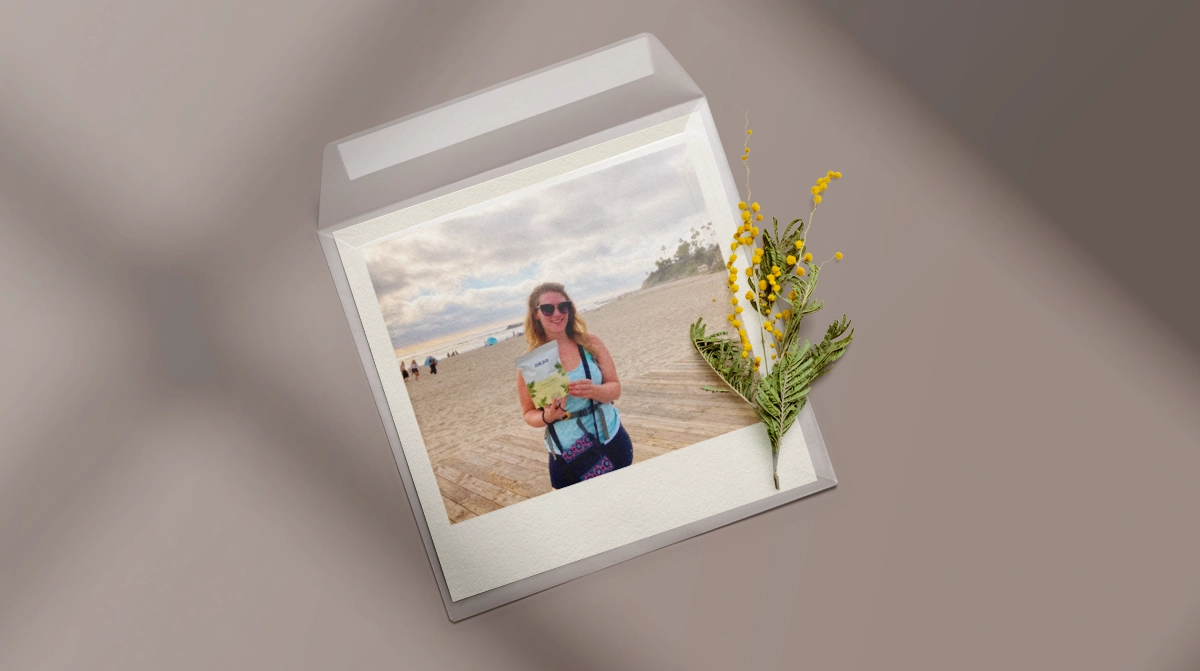How to Taste Unfiltered Honey
With literally hundreds of varieties of honey across the globe, you'll soon discover that unfiltered honey tasting is actually quite nuanced.
Features of Unfiltered Honey Tasting
A honey tasting is a complete sensory experience. Our honey sommeliers highlight the following aspects of honey in a honey tasting:
Flavor
Each honey has a different flavor. Even the same type of SIDR Honey will have flavor variations between different harvests. That’s because the flavor of honey is dictated by a host of variables including the amount of flower nectar, soil nutrient content, and climate.
Aroma
Many kinds of honey have no distinguishable smell while other honey can be quite pungent. Various honey aromas have been described as floral, fruity, musky, and spicy.
Color
The color of each SIDR Honey is dictated by a host of factors, predominantly the nectar of the pollinated flowers. Colors vary batch to batch and year to year and can range from almost translucent to very dark, almost black, ambers.
Texture
Honey texture and viscosity can range from silky smooth and thin to creamy, thick, gritty, and even waxy. Crystallization can also impact texture. While almost all Raw Honey eventually crystallizes, some crystallize more quickly than others. Crystallization may impact texture during a honey tasting, but it most certainly does not impact edibility.
Purity
Honey purity refers to the percentage of nectar coming from a single plant species. Single varietal or monofloral means Raw Honey produced predominantly from a single source. Bees pollinate many flowers, so purity is measured on a 1- 100% scale. SIDR sets high purity standards.
We send our Raw & Unfiltered Honey to an ISO 17025 certified lab to guarantee our monofloral contain 75% or more nectar from a single plant in order to be classified as monofloral.
Common Honey Tasting Terminology
If you’re new to exploring the varieties of Raw Honey and honey flavors, you may come upon some unfamiliar terminology. The following are common honey terms that you may hear during your honey tasting experience.
Crystallization – Crystallization is a natural process that occurs in all aw honey, though some faster than others, to preserve nutrients and quality. The rate of crystallization is dictated by the ratio of fructose and glucose in each honey type.
Honey – Honey is composed primarily of water and two sugars: fructose and glucose. Honey is dehydrated plant nectar created by honeybees during plant pollination and is used as a food and energy source for bees as well as hive insulation during colder months.
Honeycomb – Honeycomb is the hexagonal waxy structure made by bees to store honey. And it’s edible!
Infused Honey – Infused honey is created when herbs and spices are fully submerged in honey and the honey extracts properties and flavors from the herb or spice.
Monofloral honey – Monofloral literally means single flower, so monofloral honey is honey produced predominantly from the nectar and pollen of a single plant source.
Nectar – Nectar is the yummy sugar-rich viscous secretion produced by flowering plants.
Pollen – Pollen comes from the male reproductive part of the flower. When bees gather pollen from one flower they end up depositing some to the female reproductive part which results in pollination and fertilization. The pollen collected by worker bees is the primary food source for the hive.
Polyfloral – Polyfloral honey, or multifloral honey, means the honey is produced by bees that are collecting nectar and pollen from many different plant species. Sometimes a poly or multifloral honey is simply called Raw Wildflower Honey.
Raw Honey – Raw honey is honey that comes straight from the hive and is not pasteurized. And the taste is just a bonus feature to all its other great qualities!














